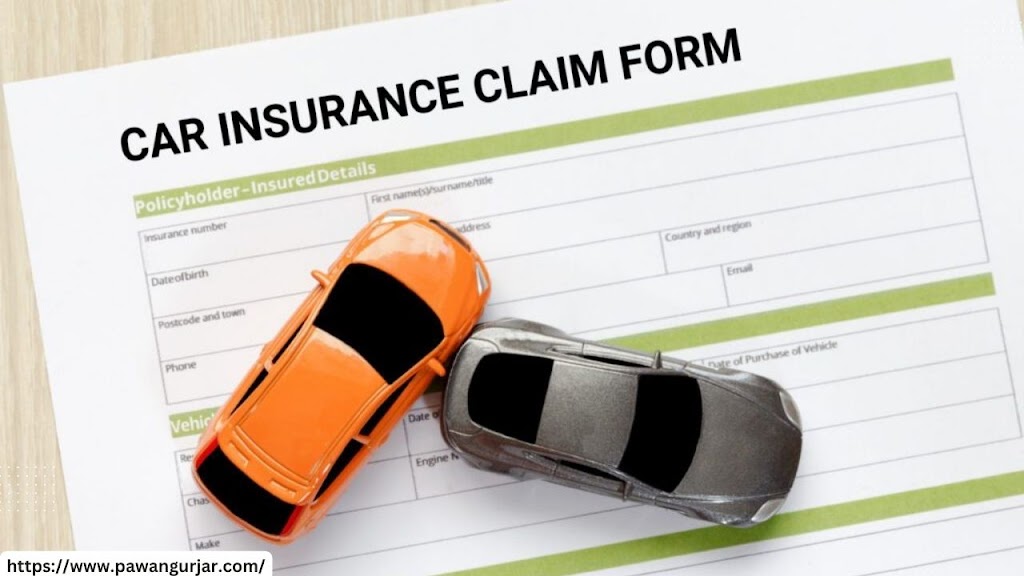Experiencing an accident can be a stressful event, both physically and financially. Besides the immediate concerns, such as repairs and medical bills, there’s the looming worry of increased insurance premiums. However, all hope is not lost. By understanding the factors influencing insurance rates and taking proactive measures, it’s possible to lower insurance costs after an accident.
Understanding Insurance Premiums
Insurance premiums are the recurring payments made to an insurance company in exchange for coverage. These premiums are influenced by various factors, including the driver’s age, driving history, type of vehicle, and geographical location. Additionally, the frequency and severity of accidents in the area can impact insurance rates.
Steps to Lower Insurance After an Accident
Assessing the Situation – After an accident, it’s crucial to assess the situation calmly. Take note of any injuries, damages to vehicles, and gather relevant information such as the other driver’s insurance details and eyewitness accounts.
Understanding Coverage Options
Familiarize yourself with your insurance policy and understand the coverage options available to you. This includes liability coverage, collision coverage, and comprehensive coverage. Knowing what your policy entails will help you navigate the claims process effectively.
Communicating with Your Insurance Company
Promptly notify your insurance company about the accident. Provide them with accurate details and cooperate with their investigation. Clear communication is key to ensuring a smooth claims process.
Taking Proactive Measures
Defensive Driving Courses – Consider enrolling in defensive driving courses. These courses not only enhance your driving skills but also demonstrate to insurance providers your commitment to safe driving practices, potentially resulting in lower premiums.
Installing Safety Features
Invest in safety features for your vehicle, such as anti-theft devices, airbags, and collision avoidance systems. These additions can reduce the likelihood of accidents and may qualify you for discounts with your insurance provider.
Comparing Insurance Providers
Researching Competitive Rates – Shop around and compare insurance rates from different providers. Look for companies that offer competitive rates and favorable terms, taking into account your specific needs and circumstances.
Utilizing Online Tools
Take advantage of online tools and resources to compare quotes from various insurance providers. Websites and apps make it easy to input your information and receive personalized quotes within minutes.
Negotiating with Your Current Provider
Highlighting Loyalty and Good Driving History – Emphasize your loyalty as a customer and highlight your good driving history. If you’ve been with the same insurance provider for an extended period without prior accidents, this may work in your favor during negotiations.
Asking for Discounts or Reduced Rates
Don’t be afraid to ask for discounts or reduced rates. Many insurance companies offer discounts for factors such as bundling policies, maintaining a clean driving record, or being a member of certain organizations.
Reevaluating Coverage Needs
Adjusting Deductibles – Consider adjusting your deductibles to lower your insurance premiums. A higher deductible typically results in lower monthly payments, although it means you’ll be responsible for more out-of-pocket expenses in the event of a claim.
Reviewing Coverage Limits
Review your coverage limits and consider whether they align with your current needs. You may find that you’re over-insured in certain areas, allowing you to reduce coverage and lower your premiums.
Monitoring Driving Habits
Utilizing Telematics Devices – Some insurance companies offer telematics programs that track your driving habits in exchange for potential discounts. By installing a telematics device in your vehicle, you can demonstrate responsible driving behavior and potentially lower your premiums.
Demonstrating Responsible Driving Behavior
Ultimately, the best way to lower insurance costs over time is by demonstrating responsible driving behavior. Avoiding accidents and traffic violations can lead to lower premiums and may qualify you for additional discounts.
Conclusion
Lowering insurance premiums after an accident requires patience, diligence, and proactive measures. By assessing the situation, understanding coverage options, and taking steps to demonstrate responsible driving behavior, drivers can mitigate the financial impact of accidents on their insurance rates.
FAQs
Q. Can I lower my insurance premiums immediately after an accident?
While immediate reductions may not be possible, taking proactive measures can eventually lead to lower premiums over time.
Q .Will my insurance rates increase after filing a claim?
Filing a claim can lead to increased premiums, but the extent of the increase depends on various factors, including the severity of the accident and your driving history.
Q .How long do accidents affect insurance rates?
Accidents typically remain on your driving record for several years, which can impact your insurance rates during that time.
Q .Are there any insurance companies that specialize in lower rates after accidents?
Some insurance companies may specialize in providing coverage to high-risk drivers or those with past accidents, but rates can vary depending on individual circumstances.
Q .What if I disagree with the assessment of fault by my insurance company?
If you disagree with your insurance company’s assessment of fault, you can dispute the decision and provide additional evidence to support your claim.


